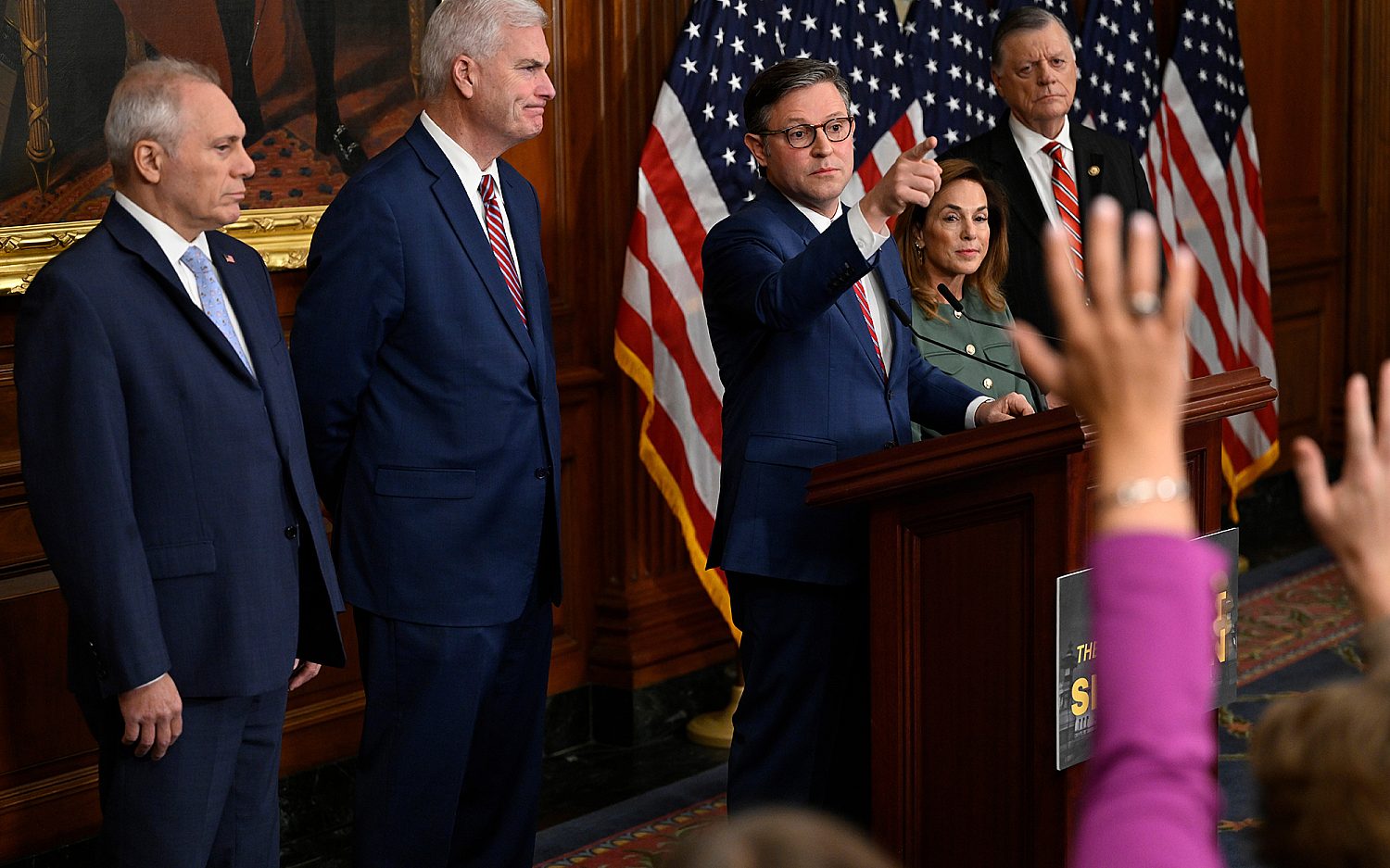Nobel laureate examines preschool for babies
Interpretations of the findings vary among advocates and experts
A new study by a Nobel prize-winning economist has some asking the question: Why not start public school at birth? But others caution that not all government early childhood programs get such good results, and interpreting the study so broadly could do more harm than good.
Economist James Heckman’s previous work has been influential in rallying bipartisan support for public preschool initiatives. His latest study, released this week, found two specific programs caring for disadvantaged children from infancy to age 5 had an even higher return on investment than preschool programs for 3- and 4-year-olds.
The study, Lifecycle Benefits of an Influential Early Childhood Program, followed lower-income children who participated in two North Carolina programs in the 1970s. The programs started when the infants were 8 weeks old and ran five days a week for nine hours a day. Heckman, a professor of economics at the University of Chicago and the director of the Center for the Economics of Human Development, studied the participants, about 200 in total, from birth to age 35.
The research found the children in the high-quality, zero-to-5 programs were more likely to graduate from high school, less likely to be incarcerated, had higher IQs, and were healthier than children who stayed home or enrolled in low-quality programs. The “high-quality” ingredient was vital: These programs included intentional and consistent interaction between adults and children. Heckman noted the results were completely different for programs without that engagement.
By monetizing the benefits of the high-quality program—reduced healthcare costs, reduced crime, greater earnings, more education—Heckman estimated the return on investment for the zero-to-5 programs was 13 percent per year, up from the estimated 7-10 percent return per year for preschool programs.
That’s good news, and bad news, according to Katharine Stevens, a resident scholar in education policy studies at the American Enterprise Institute and an expert on early childhood education. The good news is, taking into consideration the number of disadvantaged children already in childcare programs, this study shows “we have an extraordinary opportunity to move the needle for those children by taking advantage of the fact that they are in childcare, and by using that time well,” she said.
But the bad news, said Stevens, is just putting children from infancy in similarly titled programs without the same quality is not going to achieve the same results. The answer is not starting many new early childhood programs beginning in infancy. Research has shown no clear link between all early education programs and long-term benefits for the child.
“The early years for children are crucial and we are not doing enough,” said Stevens. But overstating the evidence of a narrow study undermines people’s ability to pay attention to the evidence that really matters.
So what really matters from this study? Stevens said Heckman’s research underscored what common sense had already shown: A well-done program has quantifiable financial benefits, and inadequate environments can have long-term damaging effects on children.
One more key driver, said Stevens, was the North Carolina program had a two-generational approach that engaged the mothers through the whole process. Given that the most influential factor on any children is their family, it’s unlikely, said Stevens, they would have had the same success if they had “simply taken the children for 50 hours a week and left the mothers alone.”
An actual newsletter worth subscribing to instead of just a collection of links. —Adam
Sign up to receive The Sift email newsletter each weekday morning for the latest headlines from WORLD’s breaking news team.




Please wait while we load the latest comments...
Comments
Please register, subscribe, or log in to comment on this article.